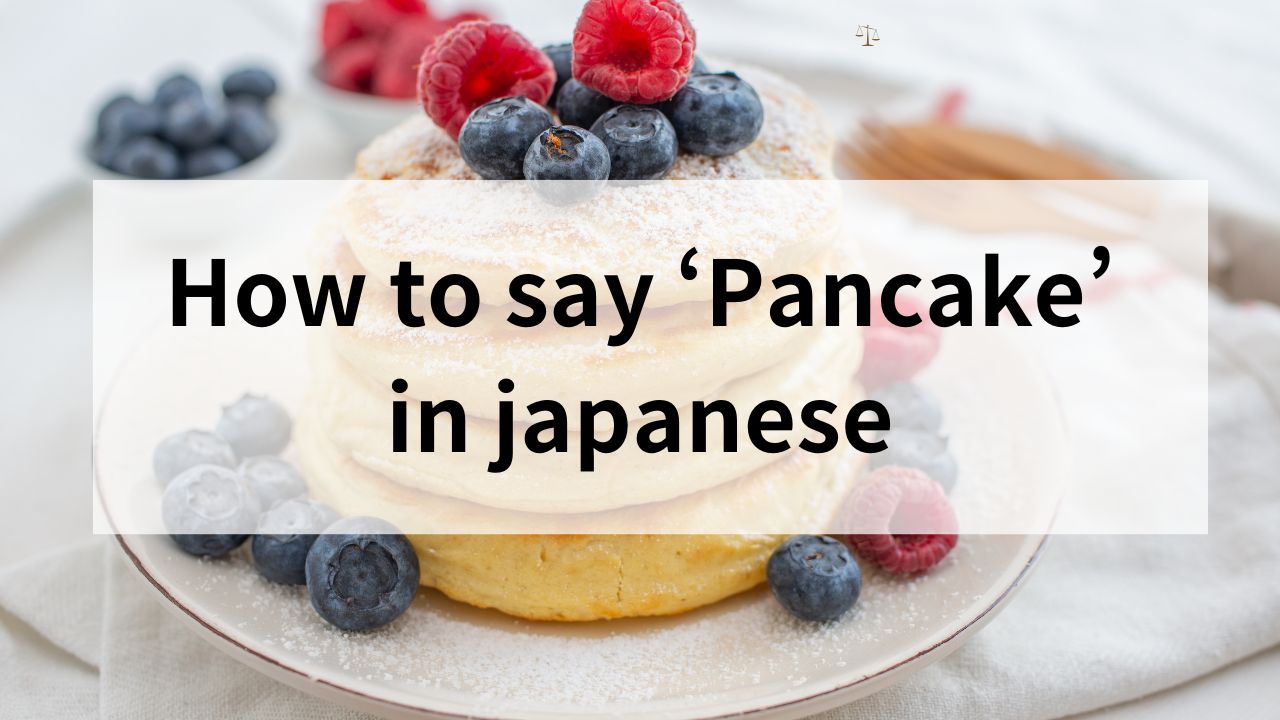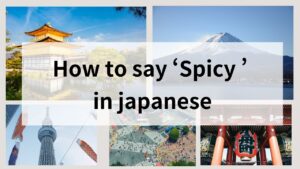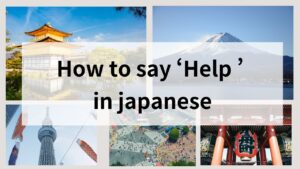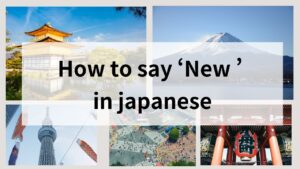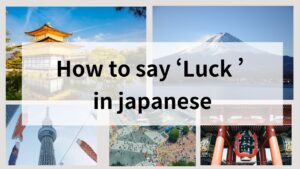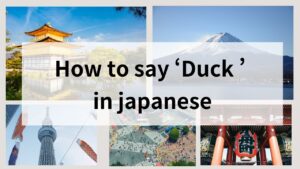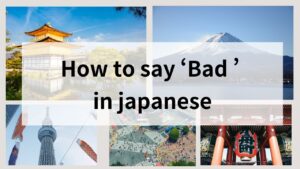Are you curious about how to say “pancake” in Japanese? Whether you’re exploring Japanese cuisine or learning the language, understanding the term for this delicious treat can add a fun element to your vocabulary. In this guide, we’ll cover the Japanese word for “pancake,” its cultural context, and practical usage, including variations like soufflé pancakes, dorayaki, and okonomiyaki.
How Do You Say ‘Pancake’ in Japanese?
In Japanese, “pancake” is commonly referred to as Hotcake (ホットケーキ) or Pankeeki (パンケーキ). While “hotcake” is a more traditional term, “pankeeki” is a direct transliteration of the English word and is often used for Western-style pancakes.
For example: “Asa gohan ni hotcake wo tabemashita” (朝ごはんにホットケーキを食べました) means “I ate pancakes for breakfast.”
Hotcake/Pankeeki
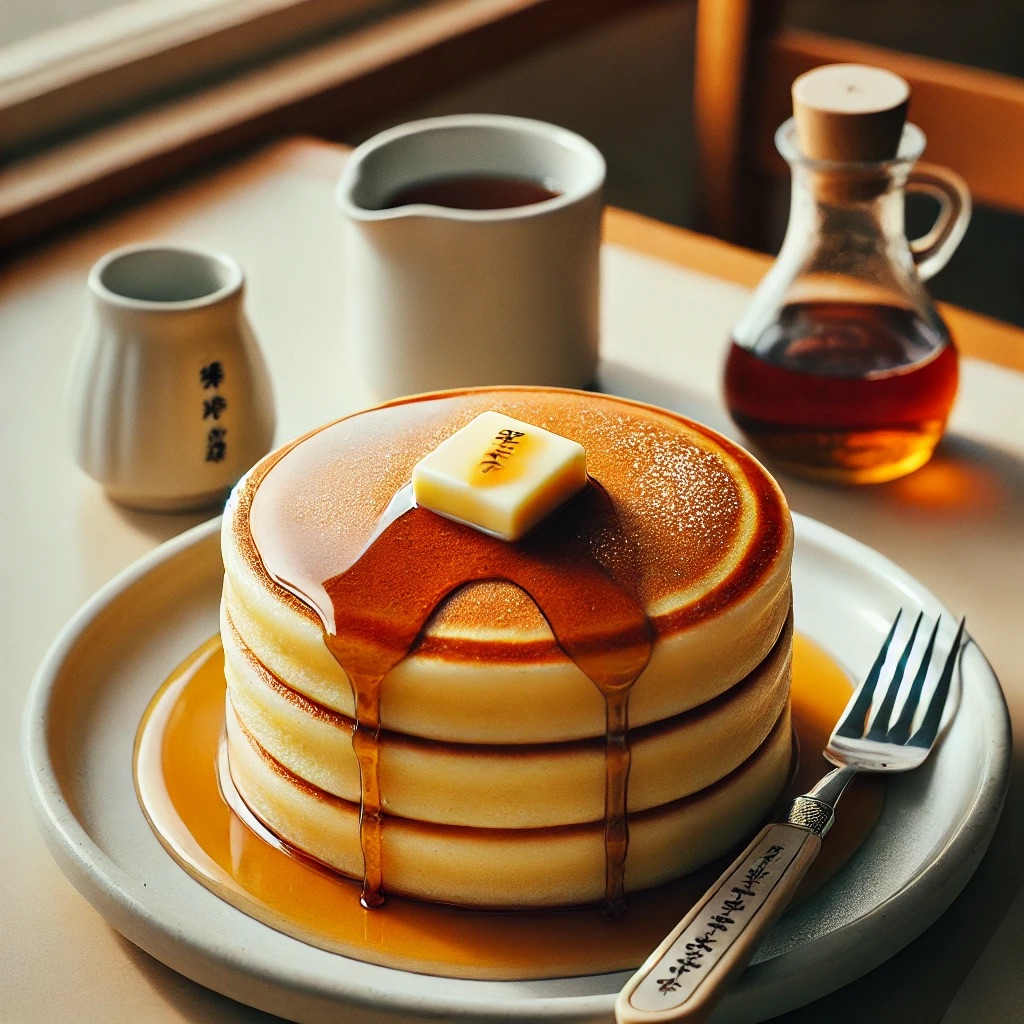
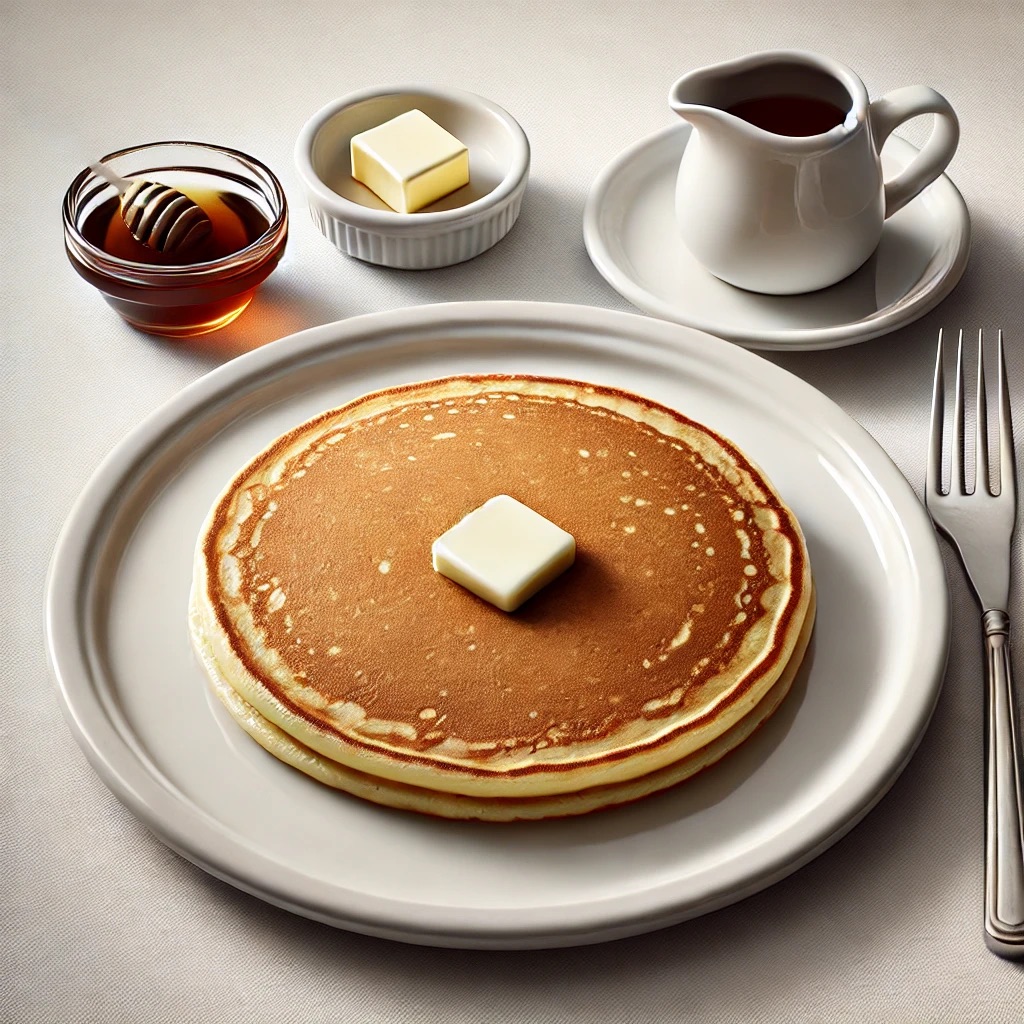
Cultural Context of Pancakes in Japan
Pancakes hold a special place in Japanese food culture, with unique variations and styles that differ significantly from the English-speaking world’s “pancake.” Here are some notable types and their contexts:
1. Traditional Hotcakes
Hotcake (ホットケーキ) is a thicker, fluffier version of pancakes, typically served with butter and syrup. These are sweeter than Western pancakes and often enjoyed as a snack or dessert rather than breakfast.

2. Soufflé Pancakes
Soufflé pancakes are a Japanese innovation known for their soft, airy texture. Made by incorporating whipped egg whites into the batter, these pancakes are taller and jigglier than traditional hotcakes. They are often a popular choice at cafes, topped with fruit, whipped cream, or powdered sugar.

3. Dorayaki
Dorayaki (どら焼き) is a traditional Japanese sweet consisting of two pancake-like layers filled with sweet red bean paste. While it uses pancake-style batter, its unique filling makes it distinct from Western-style pancakes.
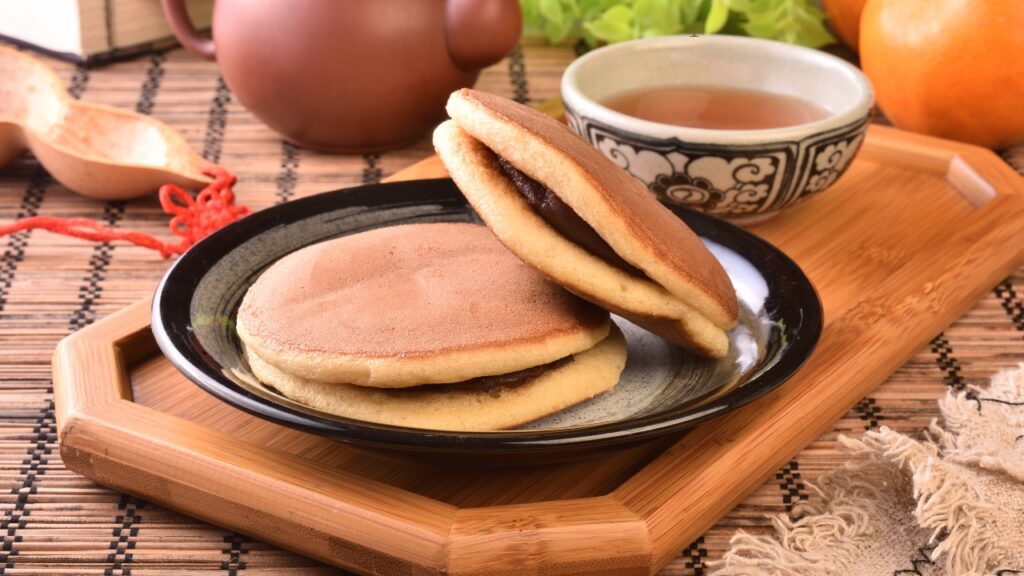
4. Okonomiyaki
Okonomiyaki (お好み焼き) is sometimes referred to as a “savory Japanese pancake.” Made with a batter of flour, eggs, and shredded cabbage, it’s cooked on a griddle with various toppings like meat, seafood, and sauces. This dish is more akin to a savory meal than a dessert.
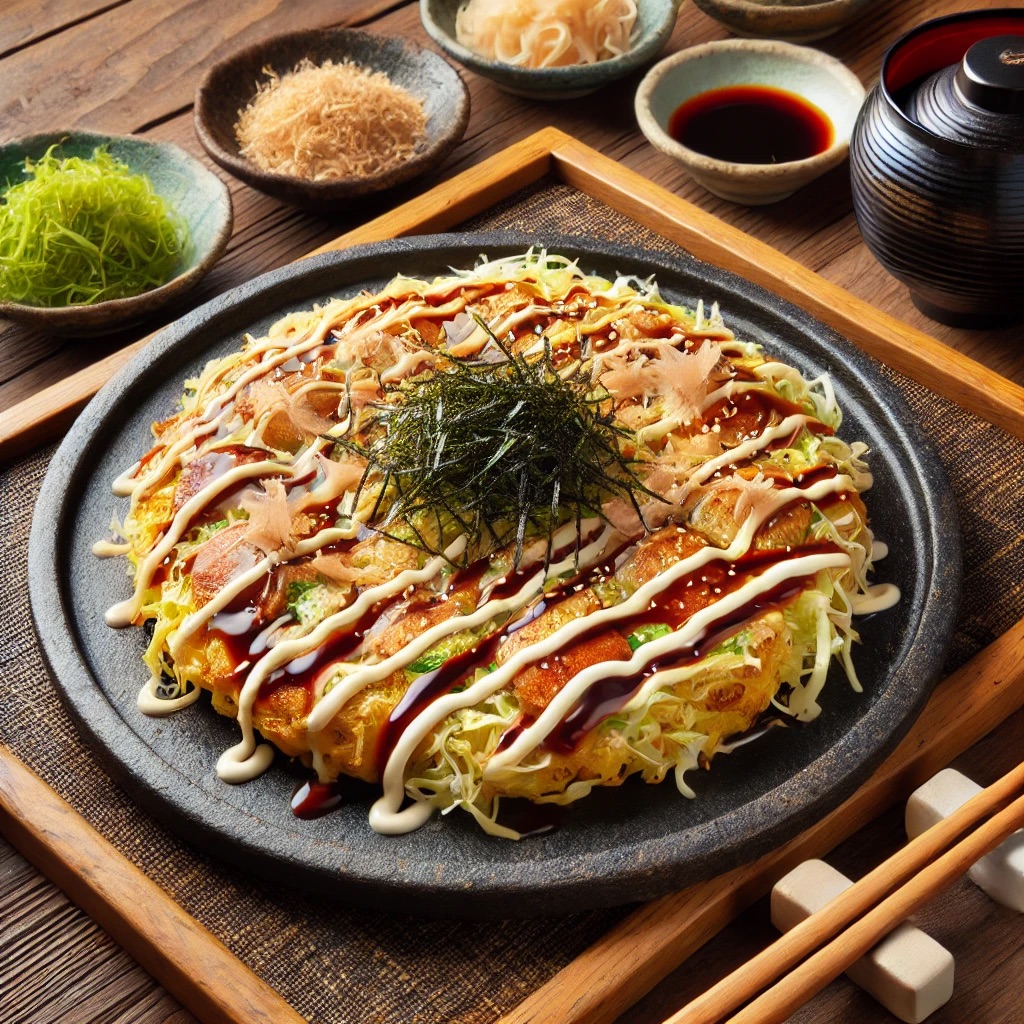
Practical Applications and Usage
Here are some practical examples of how to use “hotcake,” “pankeeki,” or related terms in everyday Japanese conversations:
Ordering Pancakes at a Café
You might say, “Hotcake wo hitotsu onegai shimasu” (ホットケーキを一つお願いします), meaning “One pancake, please.”
Discussing Breakfast
If you’re talking about what you ate, you could say, “Kesa wa pankeeki wo tabemashita” (今朝はパンケーキを食べました), meaning “I had pancakes this morning.”
Cooking Pancakes
If you’re describing what you’re cooking, you can say, “Hotcake wo tsukutteimasu” (ホットケーキを作っています), meaning “I’m making pancakes.”
FAQs
Here are some common questions about pancakes in Japanese:
What’s the difference between “hotcake” and “pankeeki”?
“Hotcake” generally refers to the traditional, slightly thicker and sweeter Japanese style of pancakes, while “pankeeki” is often used for thinner, Western-style pancakes.
What is a soufflé pancake?
A soufflé pancake is a Japanese innovation known for its light, fluffy texture. It is made by incorporating whipped egg whites into the batter and cooking it slowly to achieve a soft, airy consistency.
Is “dorayaki” the same as a pancake?
Not exactly. While dorayaki is made from pancake-like batter, it is a traditional Japanese confection filled with sweet red bean paste, making it distinct from typical pancakes.
Conclusion
Learning the words “hotcake,” “pankeeki,” and their related variations, such as soufflé pancakes, dorayaki, and okonomiyaki, can help you explore Japanese cuisine and enjoy its diversity. Whether you’re dining out, cooking at home, or experiencing traditional sweets, these terms will enrich your understanding of Japanese culture and language!
